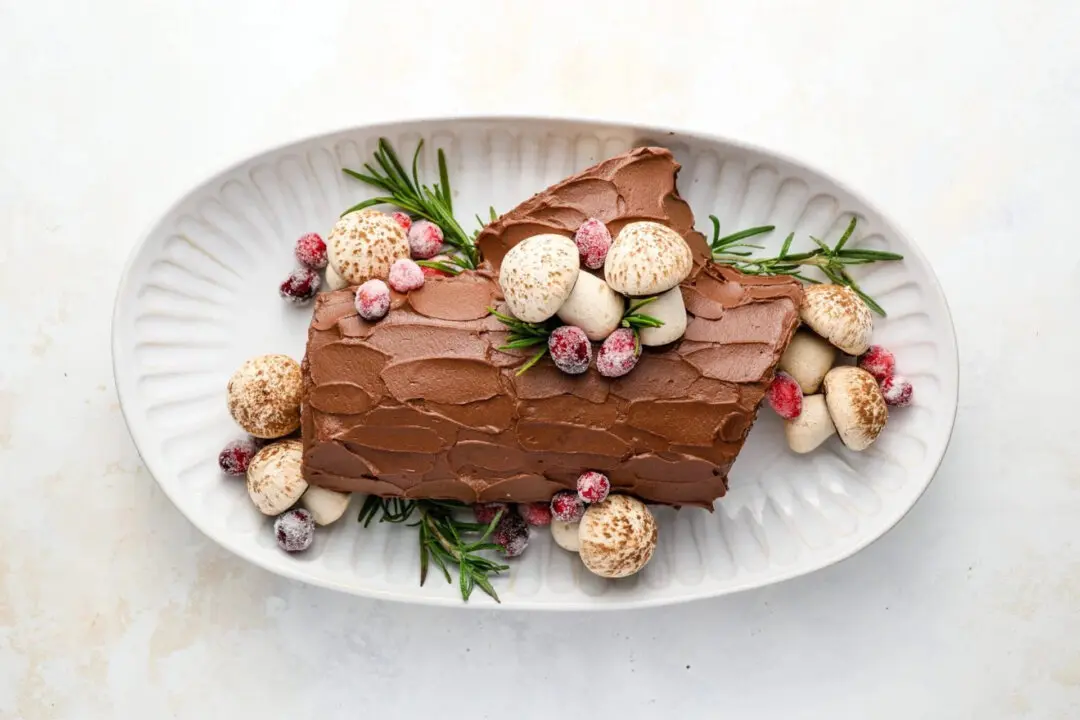View the print ready version of this recipe.
Is there any brunch dish as classic as eggs Benedict? The origins of this beloved dish are somewhat debated, but one popular tale dates back to the late 1800s at New York’s illustrious Waldorf Hotel. It’s said that a retired stockbroker, Lemuel Benedict, seeking a cure for his morning hangover, ordered buttered toast topped with poached eggs, crisp bacon, and a spoonful of hollandaise. The dish has since evolved into the iconic version we know today—with an English muffin, ham or bacon, perfectly poached eggs, and that irresistibly rich hollandaise sauce.





